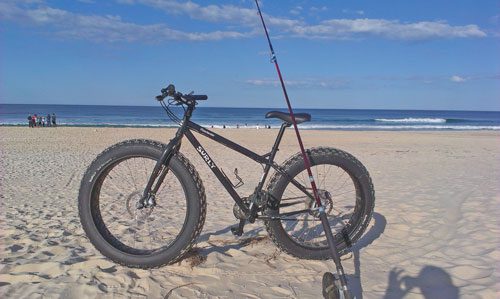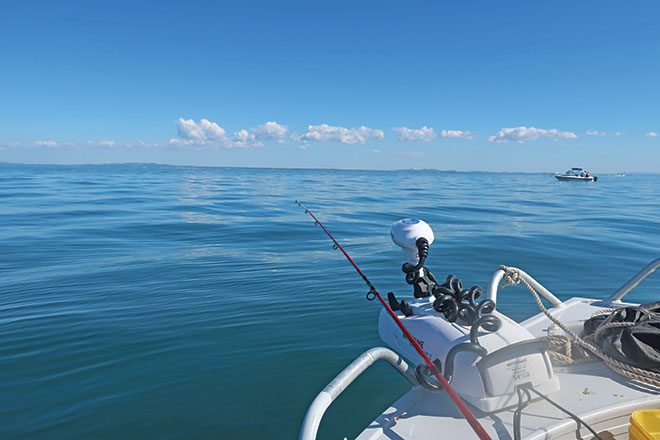You’re out fishing and the bite shuts down or you’ve been fishing for a while in one spot but haven’t caught a fish. move
So, the thought comes into your mind, “Should I stay or should I go?”
In an angler’s head, that’s perhaps one of the most frequently asked questions.
To be clear, I’m not talking about finishing up for the day – though that too can be a tough decision.
A decision that is almost always decided by one more cast, then another… until you’ve had almost as many ‘last casts’ as poor old Johnnie Farnham had farewell concerts!
No, what I’m referring to is the decision to fish on in a spot or move.

That move could be as simple as lifting the anchor or taking spot-lock off and drifting, moving the boat 50m or so, getting in the four-wheel-drive and moving to the next gutter or walking around the next bend of a river or creek.
While there is no definitive answer and we may never know ‘what if’ we did or didn’t move, there are some fairly clear indicators that if you think about or pay attention to can increase the odds in your favour of making the right decision.
So, let’s explore the pros and cons of when the right time for a move is.

The long wait brigade
There are a couple of schools of thought on staying or moving on from where you’ve been fishing.
The first is what I call ‘the long wait brigade’ – those who decide to stay at an unproductive spot and not move, no matter what – fishing aimlessly for hours in the hope the fish will come to them.
I’m qualified to comment on this group because I started my fishing career many years ago as one of them.
I would find what I believed was a productive spot or a spot I’d caught a few fish the day, week or even fortnight before and concluded that eventually the fish were certain to return to that spot.
I spent many unproductive hours waiting and hoping, most in vain or with only a couple of fish to my credit.

Other anglers may have been told to go to ‘spot X’ by the local ‘expert’ or some random person cleaning fish at the filleting tables who simply wanted to brag or worse, give people a red herring.
These followers then sit and wait, expecting fish to arrive.
Then there’s the individual who selects a location at the beach, estuary or river in the middle of the day, sets up a chair with rod firmly planted in the rod holder and sits, and waits.
Occasionally, fish do turn up.
Particularly if the location selected contains fish or bait holding structure that at some stage of the tide will draw attention.
However, this can often mean anglers spend many unproductive hours sitting and waiting for the fish to come to them, when they could have been tracking the fish down themselves.
 Bush ‘n Beach Fishing Magazine Location reports & tips for fishing, boating, camping, kayaking, 4WDing in Queensland and Northern NSW
Bush ‘n Beach Fishing Magazine Location reports & tips for fishing, boating, camping, kayaking, 4WDing in Queensland and Northern NSW









